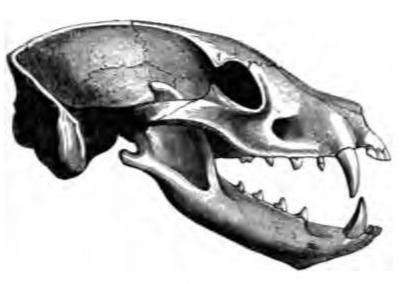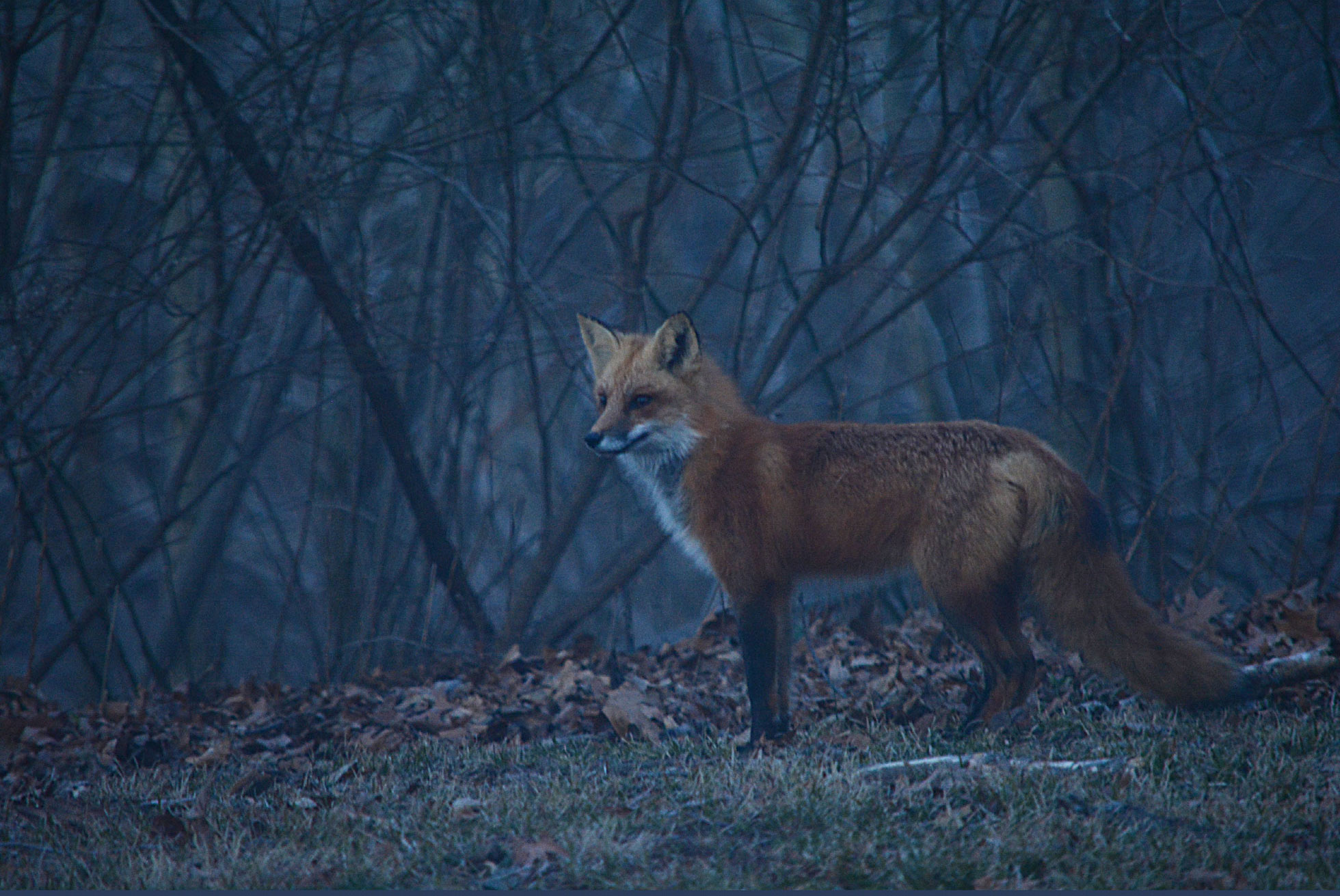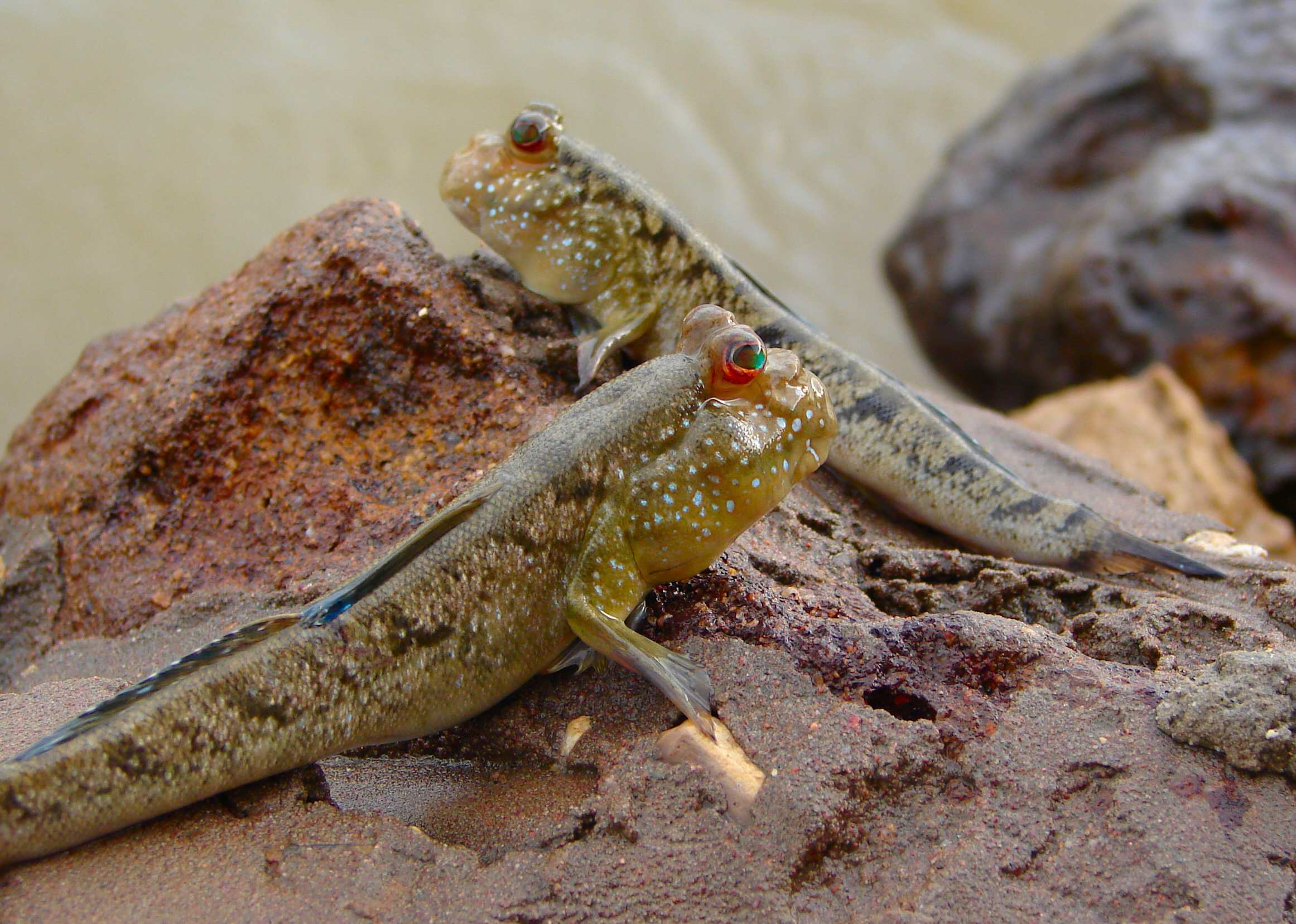|
Scapteromys Meridionalis
''Scapteromys'' is a genus of South American rodents in the tribe Akodontini of family Cricetidae. Three species are known, found in northern Argentina, southern Brazil, Paraguay and Uruguay. They are as follows: * Argentine swamp rat (''Scapteromys aquaticus'') * Plateau swamp rat (''Scapteromys meridionalis'') * Waterhouse's swamp rat (''Scapteromys tumidus'') Species are semiaquatic, living in and near marshes and other bodies of water. They reach a body length of 15 to 20 cm and a tail length of 13–17 cm, and weigh 110-200 g. Fur color is dark gray on top and light gray on the underside. They are primarily crepuscular and nocturnal. Their diet consists mainly of insects; they also consume other invertebrates and plant material. The three species differ in karyotype A karyotype is the general appearance of the complete set of metaphase chromosomes in the cells of a species or in an individual organism, mainly including their sizes, numbers, and shapes. Karyot ... [...More Info...] [...Related Items...] OR: [Wikipedia] [Google] [Baidu] |
Late Pliocene
Late may refer to: * LATE, an acronym which could stand for: ** Limbic-predominant age-related TDP-43 encephalopathy, a proposed form of dementia ** Local-authority trading enterprise, a New Zealand business law ** Local average treatment effect, a concept in econometrics Music * ''Late'' (album), a 2000 album by The 77s * Late!, a pseudonym used by Dave Grohl on his '' Pocketwatch'' album * Late (rapper), an underground rapper from Wolverhampton * "Late" (song), a song by Blue Angel * "Late", a song by Kanye West from '' Late Registration'' Other * Late (Tonga), an uninhabited volcanic island southwest of Vavau in the kingdom of Tonga * "Late" (''The Handmaid's Tale''), a television episode * LaTe, Oy Laivateollisuus Ab, a defunct shipbuilding company * Late may refer to a person who is Dead See also * * * '' Lates'', a genus of fish in the lates perch family * Later (other) * Tardiness * Tardiness (scheduling) {{disambig ... [...More Info...] [...Related Items...] OR: [Wikipedia] [Google] [Baidu] |
Uruguay
Uruguay (; ), officially the Oriental Republic of Uruguay ( es, República Oriental del Uruguay), is a country in South America. It shares borders with Argentina to its west and southwest and Brazil to its north and northeast; while bordering the Río de la Plata to the south and the Atlantic Ocean to the southeast. It is part of the Southern Cone region of South America. Uruguay covers an area of approximately and has a population of an estimated 3.4 million, of whom around 2 million live in the metropolitan area of its capital and largest city, Montevideo. The area that became Uruguay was first inhabited by groups of hunter–gatherers 13,000 years ago. The predominant tribe at the moment of the arrival of Europeans was the Charrúa people, when the Portuguese first established Colónia do Sacramento in 1680; Uruguay was colonized by Europeans late relative to neighboring countries. The Spanish founded Montevideo as a military stronghold in the early 18th century ... [...More Info...] [...Related Items...] OR: [Wikipedia] [Google] [Baidu] |
Johns Hopkins University Press
The Johns Hopkins University Press (also referred to as JHU Press or JHUP) is the publishing division of Johns Hopkins University. It was founded in 1878 and is the oldest continuously running university press in the United States. The press publishes books and journals, and operates other divisions including fulfillment and electronic databases. Its headquarters are in Charles Village, Baltimore. In 2017, after the retirement of Kathleen Keane who is credited with modernizing JHU Press for the digital age, the university appointed new director Barbara Pope. Overview Daniel Coit Gilman, the first president of the Johns Hopkins University, inaugurated the press in 1878. The press began as the university's Publication Agency, publishing the '' American Journal of Mathematics'' in its first year and the '' American Chemical Journal'' in its second. It published its first book, ''Sidney Lanier: A Memorial Tribute'', in 1881 to honor the poet who was one of the university's first wri ... [...More Info...] [...Related Items...] OR: [Wikipedia] [Google] [Baidu] |
Ploidy
Ploidy () is the number of complete sets of chromosomes in a cell, and hence the number of possible alleles for autosomal and pseudoautosomal genes. Sets of chromosomes refer to the number of maternal and paternal chromosome copies, respectively, in each homologous chromosome pair, which chromosomes naturally exist as. Somatic cells, tissues, and individual organisms can be described according to the number of sets of chromosomes present (the "ploidy level"): monoploid (1 set), diploid (2 sets), triploid (3 sets), tetraploid (4 sets), pentaploid (5 sets), hexaploid (6 sets), heptaploid or septaploid (7 sets), etc. The generic term polyploid is often used to describe cells with three or more chromosome sets. Virtually all sexually reproducing organisms are made up of somatic cells that are diploid or greater, but ploidy level may vary widely between different organisms, between different tissues within the same organism, and at different stages in an organism's life cycle. Ha ... [...More Info...] [...Related Items...] OR: [Wikipedia] [Google] [Baidu] |
Karyotype
A karyotype is the general appearance of the complete set of metaphase chromosomes in the cells of a species or in an individual organism, mainly including their sizes, numbers, and shapes. Karyotyping is the process by which a karyotype is discerned by determining the chromosome complement of an individual, including the number of chromosomes and any abnormalities. A karyogram or idiogram is a graphical depiction of a karyotype, wherein chromosomes are organized in pairs, ordered by size and position of centromere for chromosomes of the same size. Karyotyping generally combines light microscopy and photography, and results in a photomicrographic (or simply micrographic) karyogram. In contrast, a schematic karyogram is a designed graphic representation of a karyotype. In schematic karyograms, just one of the sister chromatids of each chromosome is generally shown for brevity, and in reality they are generally so close together that they look as one on photomicrographs as well u ... [...More Info...] [...Related Items...] OR: [Wikipedia] [Google] [Baidu] |
Insectivore
A robber fly eating a hoverfly An insectivore is a carnivorous animal or plant that eats insects. An alternative term is entomophage, which can also refer to the human practice of eating insects. The first vertebrate insectivores were amphibians. When they evolved 400 million years ago, the first amphibians were piscivores, with numerous sharp conical teeth, much like a modern crocodile. The same tooth arrangement is however also suited for eating animals with exoskeletons, thus the ability to eat insects is an extension of piscivory. At one time, insectivorous mammals were scientifically classified in an order called Insectivora. This order is now abandoned, as not all insectivorous mammals are closely related. Most of the Insectivora taxa have been reclassified; those that have not yet been reclassified and found to be truly related to each other remain in the order Eulipotyphla. Although individually small, insects exist in enormous numbers. Insects make u ... [...More Info...] [...Related Items...] OR: [Wikipedia] [Google] [Baidu] |
Nocturnality
Nocturnality is an animal behavior characterized by being active during the night and sleeping during the day. The common adjective is "nocturnal", versus diurnal meaning the opposite. Nocturnal creatures generally have highly developed senses of hearing, smell, and specially adapted eyesight. Some animals, such as cats and ferrets, have eyes that can adapt to both low-level and bright day levels of illumination (see metaturnal). Others, such as bushbabies and (some) bats, can function only at night. Many nocturnal creatures including tarsiers and some owls have large eyes in comparison with their body size to compensate for the lower light levels at night. More specifically, they have been found to have a larger cornea relative to their eye size than diurnal creatures to increase their : in the low-light conditions. Nocturnality helps wasps, such as ''Apoica flavissima'', avoid hunting in intense sunlight. Diurnal animals, including squirrels and songbirds, are act ... [...More Info...] [...Related Items...] OR: [Wikipedia] [Google] [Baidu] |
Crepuscular
In zoology, a crepuscular animal is one that is active primarily during the twilight period, being matutinal, vespertine, or both. This is distinguished from diurnal and nocturnal behavior, where an animal is active during the hours of daylight and of darkness, respectively. Some crepuscular animals may also be active by moonlight or during an overcast day. Matutinal animals are active only before sunrise, and vespertine only after sunset. A number of factors impact the time of day an animal is active. Predators hunt when their prey is available, and prey try to avoid the times when their principal predators are at large. The temperature at midday may be too high or at night too low. Some creatures may adjust their activities depending on local competition. Etymology and usage The word ''crepuscular'' derives from the Latin '' crepusculum'' ("twilight"). Its sense accordingly differs from diurnal and nocturnal behavior, which respectively peak during hours of daylight a ... [...More Info...] [...Related Items...] OR: [Wikipedia] [Google] [Baidu] |
Semiaquatic
In biology, semiaquatic can refer to various types of animals that spend part of their time in water, or plants that naturally grow partially submerged in water. Examples are given below. Semiaquatic animals Semi aquatic animals include: * Vertebrates ** Amphibious fish; also several types of normally fully aquatic fish such as the grunion and plainfin midshipman that spawn in the intertidal zone ** Some amphibians such as newts and salamanders, and some frogs such as fire-bellied toads and wood frogs. ** Some reptiles such as crocodilians, turtles, water snakes and marine iguanas. ** Penguins. ** Some rodents such as beavers, muskrats and capybaras. **Some insectivorous mammals such as desmans, water shrews and platypuses. ** Some carnivoran mammals, including seals, polar bears and otters. ** Hippopotamuses. * Semiterrestrial echinoderms of the intertidal zone, such as the "cliff-clinging" sea urchin '' Colobocentrotus atratus'' and the starfish ''Pisaster oc ... [...More Info...] [...Related Items...] OR: [Wikipedia] [Google] [Baidu] |
Waterhouse's Swamp Rat
Waterhouse's swamp rat (''Scapteromys tumidus'') is a semiaquatic rodent species from South America. It is found in southern Brazil, Uruguay and northern Argentina, where it lives in freshwater and salt marshes, as well as open grassland of the pampas. Its karyotype A karyotype is the general appearance of the complete set of metaphase chromosomes in the cells of a species or in an individual organism, mainly including their sizes, numbers, and shapes. Karyotyping is the process by which a karyotype is disce ... has 2n = 24, substantially lower than its closest relative '' S. aquaticus'' with 2n = 32. References Scapteromys Mammals described in 1837 {{Cricetidae-stub ... [...More Info...] [...Related Items...] OR: [Wikipedia] [Google] [Baidu] |
Plateau Swamp Rat
In geology and physical geography, a plateau (; ; ), also called a high plain or a tableland, is an area of a highland consisting of flat terrain that is raised sharply above the surrounding area on at least one side. Often one or more sides have deep hills or escarpments. Plateaus can be formed by a number of processes, including upwelling of volcanic magma, extrusion of lava, and erosion by water and glaciers. Plateaus are classified according to their surrounding environment as intermontane, piedmont, or continental. A few plateaus may have a small flat top while others have wide ones. Formation Plateaus can be formed by a number of processes, including upwelling of volcanic magma, extrusion of lava, Plate tectonics movements and erosion by water and glaciers. Volcanic Volcanic plateaus are produced by volcanic activity. The Columbia Plateau in the north-western United States is an example. They may be formed by upwelling of volcanic magma or extrusion of lava. The u ... [...More Info...] [...Related Items...] OR: [Wikipedia] [Google] [Baidu] |
Argentine Swamp Rat
The Argentine swamp rat (''Scapteromys aquaticus'') is a semiaquatic rodent species from South America. It is found in northeastern Argentina and Paraguay, where it lives in freshwater marshes and along the southern coast of the Río de la Plata estuary, as well as in woodland. It is characterized by having stiff hairs on its otherwise naked tail, which are believed to help the animal swim. ''S. aquaticus'' is similar in build to members of the genus ''Rattus''. “ thas a relatively larger head, a stouter body, larger feet, and a relatively longer tail.” The pelage along its back is “long and glossy” varying from brown to dark brown. It can have a grayish wash in some individuals. “The sides have a yellowish cast.” The pelage in the abdominal region is typically an off white color. The forefeet are large for use in swimming and digging. All digits, including the pollex are equipped with a claw. Its karyotype has 2n = 32. Conservation According to the IUCN Red List of T ... [...More Info...] [...Related Items...] OR: [Wikipedia] [Google] [Baidu] |





